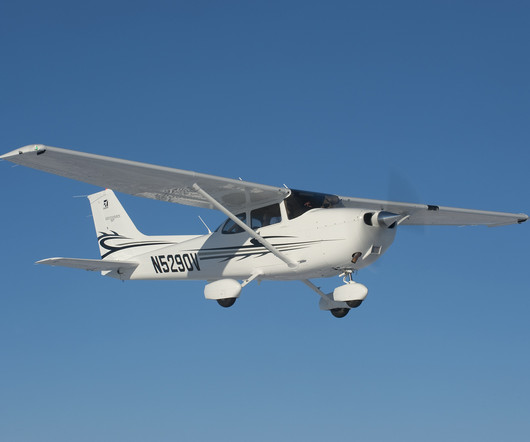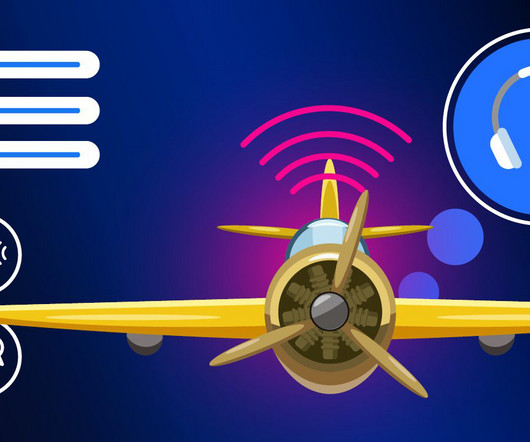Quiz: Airspace classifications and rules
Flight Training Central
MARCH 10, 2025
What is the minimum ceiling and visibility for takeoff, landing, or entering the traffic pattern of an airport in Class E airspace under visual flight rules? To operate in Class D airspace, you must: Be in contact with ATC and have a clearance to enter. Special Flight Rules Area (SFRA). Both are correct.











Let's personalize your content